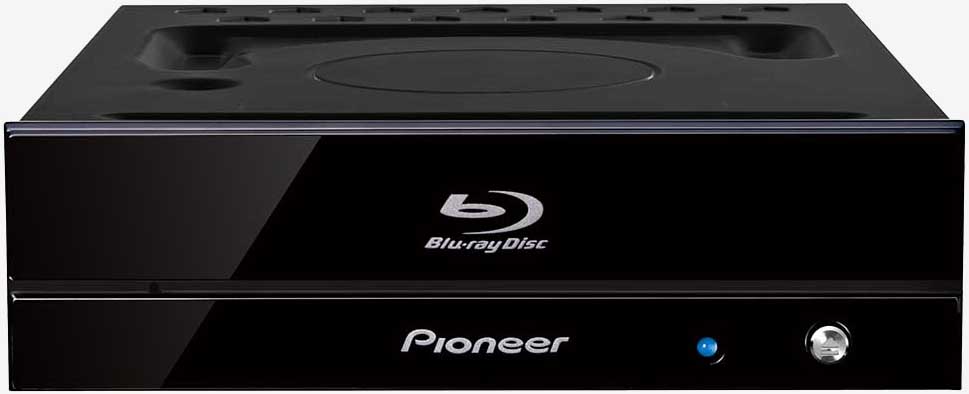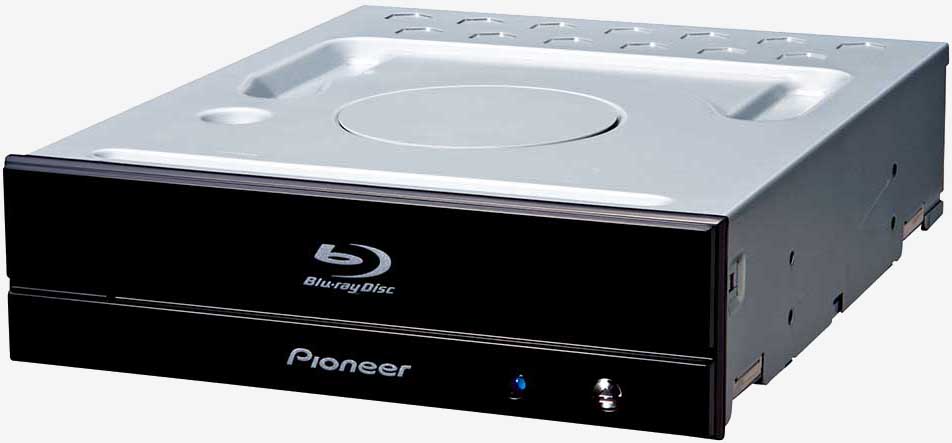
Many of us have long since retired the optical drives in our computers, opting instead to get our media fix via streaming sources like Netflix and Hulu. There are some holdouts, however, that still prefer physical media and it’s this demographic that Pioneer is targeting with its upcoming Ultra HD Blu-ray drives (models BDR-S11J-BK and the BDR-S11J-X).
Both drives are of the 5.25-inch variety which should present no issues slotting into your desktop rig, assuming of course that you’re using a case that has 5.25-inch expansion ports (they’re increasingly less common these days).
Pioneer notes that you’ll need to be running an Intel 7th generation Core i5 or i7 Kaby Lake CPU and Windows 10. Naturally, you’ll also want a 4K-capable monitor (HDR support is recommended) that supports HDMI 2.0a and HDCP 2.2. The latter is provided by Kaby Lake CPUs, but the CPU requirement may also be part of two other prerequisites: 10-bit 4K HEVC codec support and specialized DRM, not much different to streaming Netflix in 4K on the PC platform.

The new drives also come with a copy of CyberLink’s PowerDVD media player which, according to CyberLink, marks a world's first achievement for PowerDVD as the only Ultra HD Blu-ray playback software available for Windows PCs with compatible hardware.
Buyers will also receive a boatload of other CyberLink software including PowerDirector 14, PowerProducer 5.5, Power 2 Go 8, InstantBurn5, PowerBackup 2.5, MediaShow 6, Label Print 2.5, PhotoDirector 5 LE and a trial version of Media Espresso 6.5.
Pioneer says both drives will be released in late February although that may be limited to Japan initially. No word yet on pricing. Retail versions of PowerDVD with Ultra HD Blu-ray support will be available for purchase in the near future, we’re told.
https://www.techspot.com/news/67907-pioneer-announces-two-ultra-hd-blu-ray-drives.html